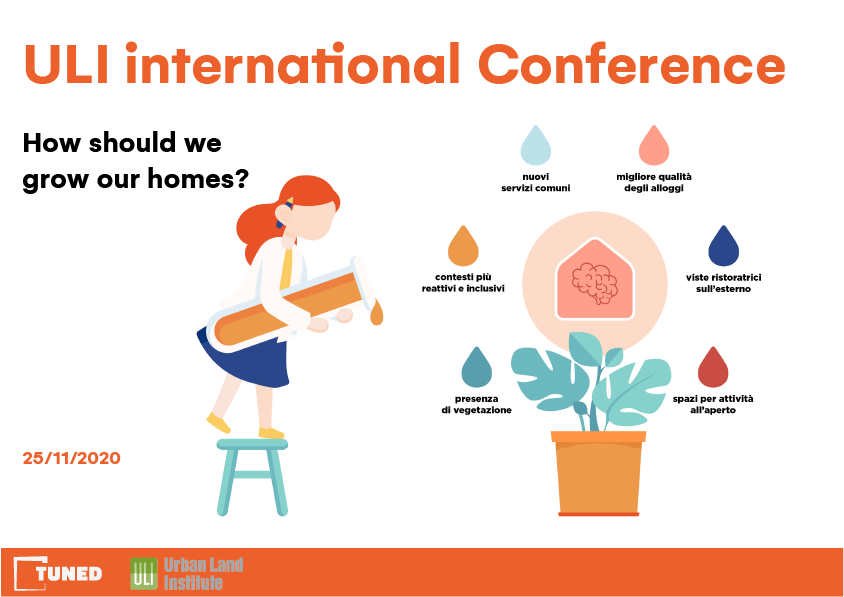People in industrialised societies spend on average over 90% of their time indoors. The way in which we perceive the built environment around us impacts on our mental-physical well-being, our emotions and our behaviour.
Homes are crucial factors in determining our health. It is estimated that unsuitable homes create conditions that are harmful to our health – costing almost €200 billion-a-year in the European Union alone.
Enhanced homes
TUNED DWELLING sets guidelines for architectural design. Based on its indications, the layout of homes can trigger off responses that match their inhabitants’ mental-physiological expectations.
When the experience of space is in tune with our expectations it has a direct impact on our physiological-neural functions and mental stability. Enhanced homes cater for their inhabitants’ needs and enhance their emotional-cognitive resources, at the same time boosting the property’s performance-related efficiency and economic value.
Action can be taken on two types of homes: detached houses and multi-family properties. In investment in design is vitally important for individual properties, entire areas, and shared amenities.
Risk factors
As far as detached homes are concerned, risk factors are divided into two categories: risk factors of environmental origin and socio-psychological risk factors.
Environmental risk factors are connected with the layout of space, its functional versatility and the combination of all its sensorial properties (including sounds, air quality, lighting, colours, materials and finishing features – i.e. everything that contributes to creating what we commonly refer to as ‘atmosphere’). The degree of satisfaction we get from our homes is a function of three variables: the quality of the interior space, the quality of the outside setting, and everything creating a threshold between inside and outside (such as windows, gardens, balconies and terraces).
Socio-psychological risk factors depend on the family setup that is influenced by variables transcending the realm of design (for example, the composition of the nuclear family, the distinctive traits of the parents, the presence of disabled people and also socio-economic conditions).

